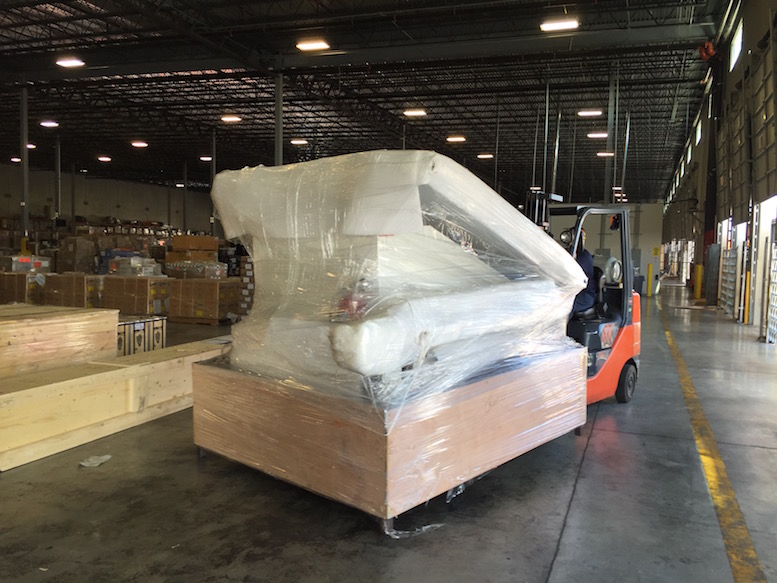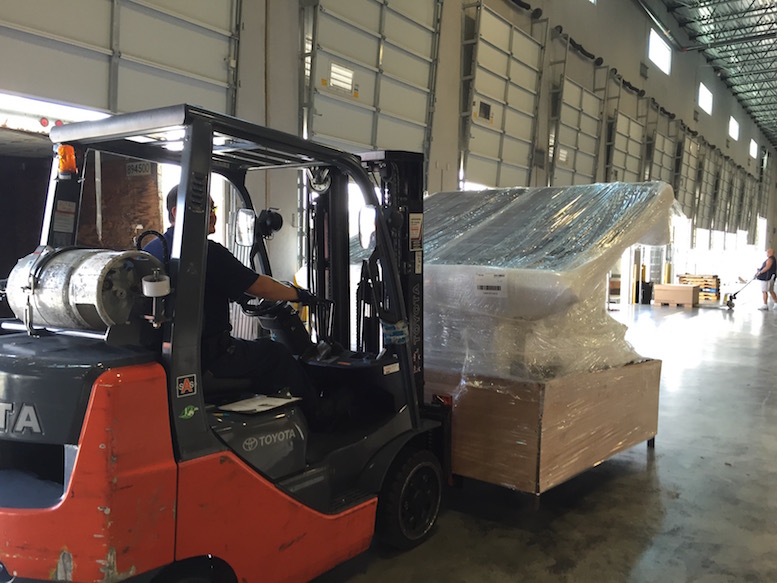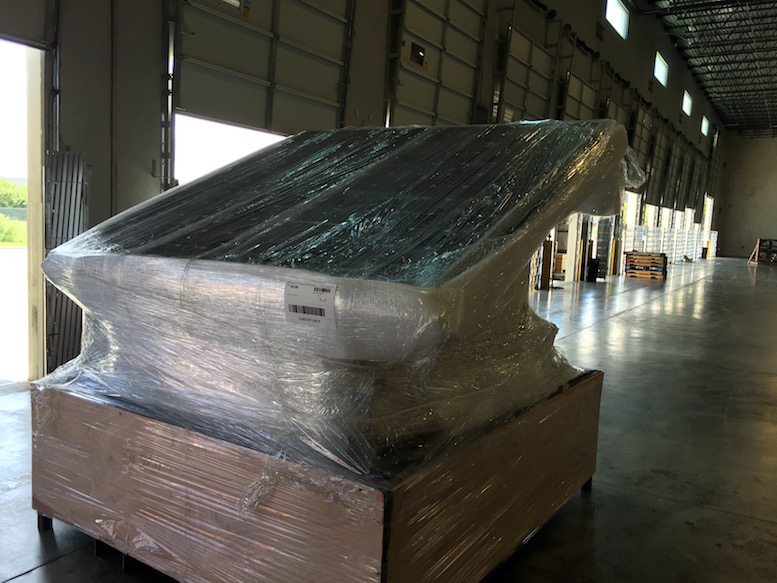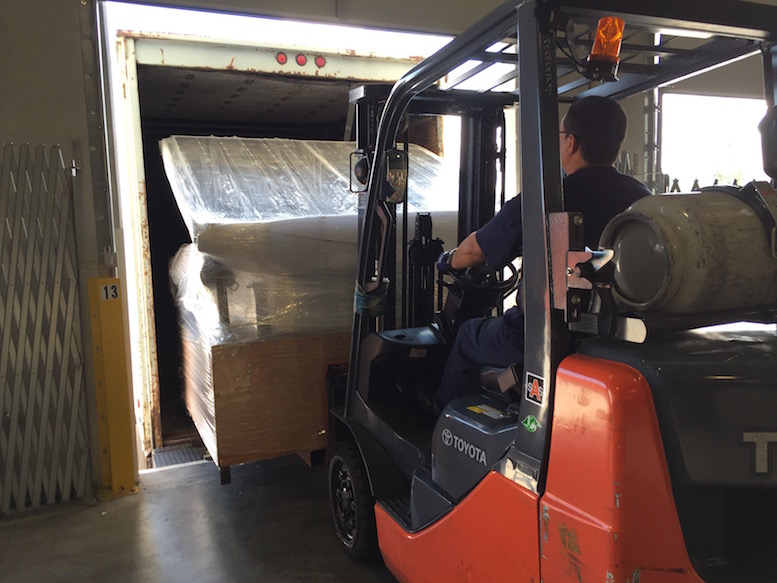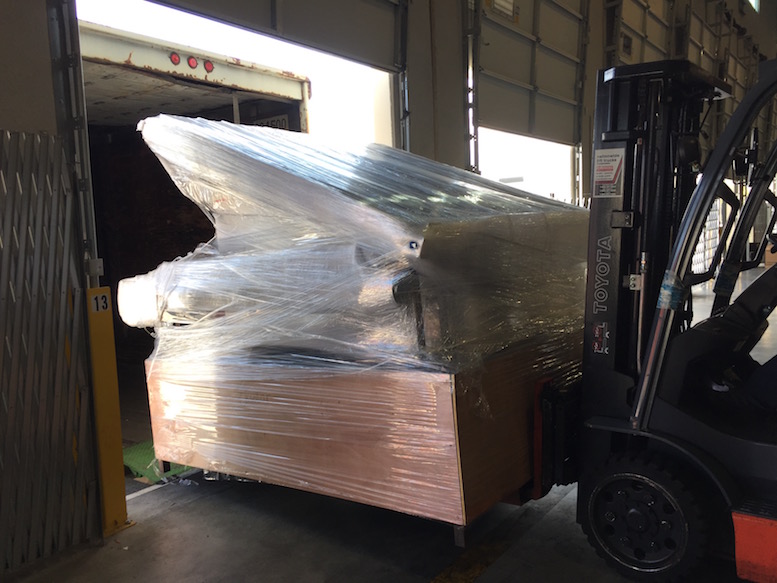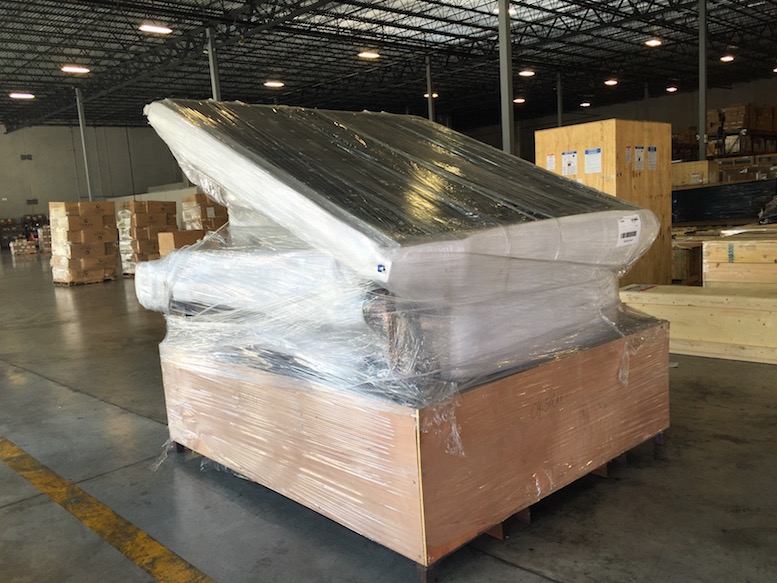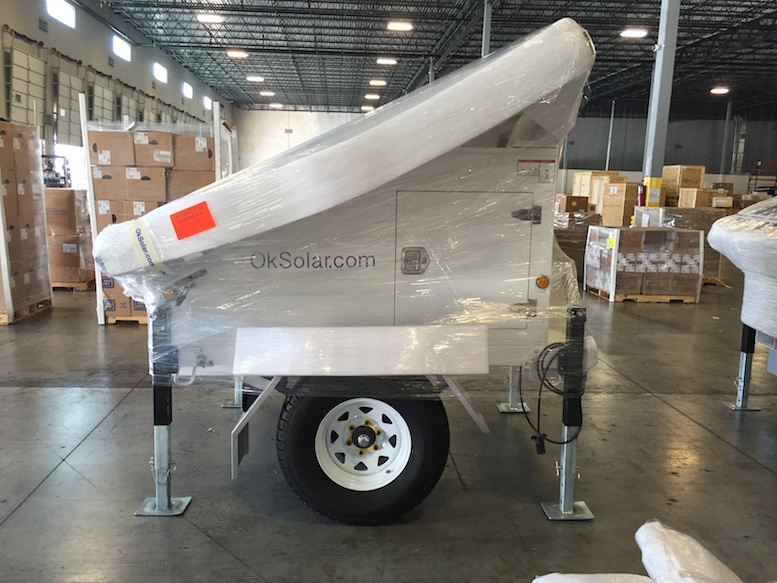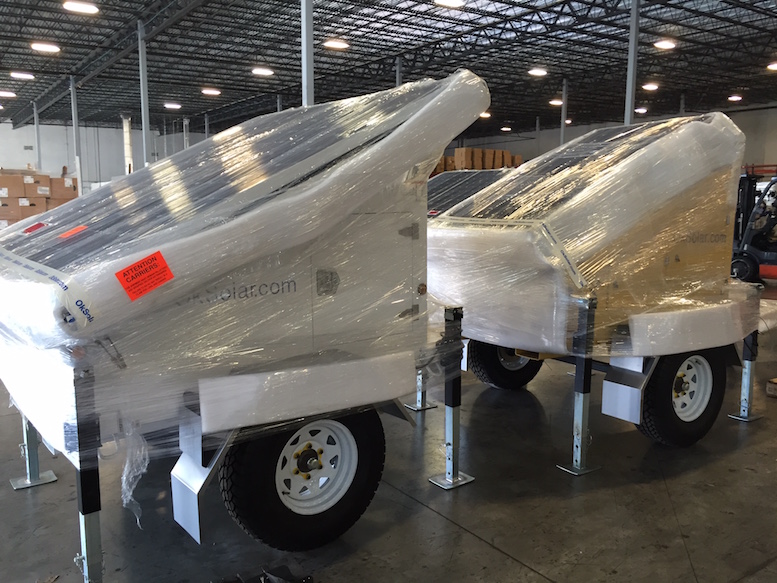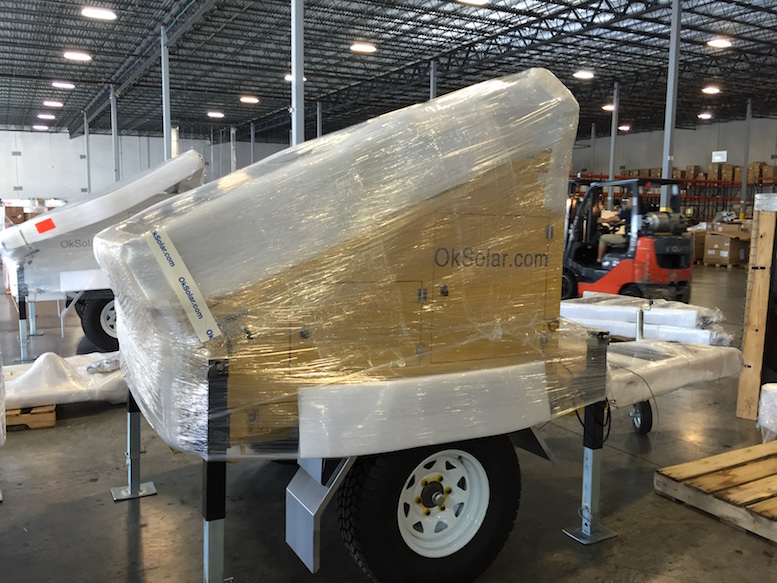

Air Navigation and Obstruction Lighting Source FAA.Gov
2-2-1. Aeronautical Light Beacons
a. An aeronautical light beacon is a visual NAVAID displaying
flashes of white and/or colored light to indicate the location
of an airport, a heliport, a landmark, a certain point of a
Federal airway in mountainous terrain, or an obstruction. The
light used may be a rotating beacon or one or more flashing
lights. The flashing lights may be supplemented by steady
burning lights of lesser intensity.
b. The color or color combination displayed by a particular
beacon and/or its auxiliary lights tell whether the beacon is
indicating a landing place, landmark, point of the Federal
airways, or an obstruction. Coded flashes of the auxiliary
lights, if employed, further identify the beacon site.
2-2-2. Code Beacons and Course Lights
a. Code Beacons. The code beacon, which can be seen from all
directions, is used to identify airports and landmarks. The code
beacon flashes the three or four character airport identifier in
International Morse Code six to eight times per minute. Green
flashes are displayed for land airports while yellow flashes
indicate water airports.
b. Course Lights. The course light, which can be seen clearly
from only one direction, is used only with rotating beacons of
the Federal Airway System: two course lights, back to back,
direct coded flashing beams of light in either direction along
the course of airway.
NOTE-
Airway beacons are remnants of the “lighted” airways which
antedated the present electronically equipped federal airways
system. Only a few of these beacons exist today to mark airway
segments in remote mountain areas. Flashes in Morse code
identify the beacon site.
2-2-3. Obstruction Lights
a. Obstructions are marked/lighted to warn airmen of their
presence during daytime and nighttime conditions. They may be
marked/lighted in any of the following combinations:
1. Aviation Red Obstruction Lights. Flashing aviation red
beacons (20 to 40 flashes per minute) and steady burning
aviation red lights during nighttime operation. Aviation orange
and white paint is used for daytime marking.
2. Medium Intensity Flashing White Obstruction Lights. Medium
intensity flashing white obstruction lights may be used during
daytime and twilight with automatically selected reduced
intensity for nighttime operation. When this system is used on
structures 500 feet (153m) AGL or less in height, other methods
of marking and lighting the structure may be omitted. Aviation
orange and white paint is always required for daytime marking on
structures exceeding 500 feet (153m) AGL. This system is not
normally installed on structures less than 200 feet (61m) AGL.
3. High Intensity White Obstruction Lights. Flashing high
intensity white lights during daytime with reduced intensity for
twilight and nighttime operation. When this type system is used,
the marking of structures with red obstruction lights and
aviation orange and white paint may be omitted.
4. Dual Lighting. A combination of flashing aviation red beacons
and steady burning aviation red lights for nighttime operation
and flashing high intensity white lights for daytime operation.
Aviation orange and white paint may be omitted.
5. Catenary Lighting. Lighted markers are available for
increased night conspicuity of high-voltage (69KV or higher)
transmission line catenary wires. Lighted markers provide
conspicuity both day and night.
b. Medium intensity omnidirectional flashing white lighting
system provides conspicuity both day and night on catenary
support structures. The unique sequential/simultaneous flashing
light system alerts pilots of the associated catenary wires.
c. High intensity flashing white lights are being used to
identify some supporting structures of overhead transmission
lines located across rivers, chasms, gorges, etc. These lights
flash in a middle, top, lower light sequence at approximately 60
flashes per minute. The top light is normally installed near the
top of the supporting structure, while the lower light indicates
the approximate lower portion of the wire span. The lights are
beamed towards the companion structure and identify the area of
the wire span.
d. High intensity flashing white lights are also employed to
identify tall structures, such as chimneys and towers, as
obstructions to air navigation. The lights provide a 360 degree
coverage about the structure at 40 flashes per minute and
consist of from one to seven levels of lights depending upon the
height of the structure. Where more than one level is used the
vertical banks flash simultaneously.
Communicating - Alerting - Warning!
Audible signaling, Visual Signaling, Wireless.
A signal for every signal need. For Airports, Hospitals, Industry and Military applications to safety and security communicate visually digitally and wireless signals that can be data processed seen and heard. complete line of electronic audible and visual signals for indoor, outdoor, and hazardous locations.
We come with innovative features that meet all your signaling applications needs. From simple horns and bells to demanding factory automation signaling utilizing your PLC or Devicenet network, IQTraffiControl.com provides complete factory solutions. Find out what makes signaling sense to you!
OkSolar.com Affiliate
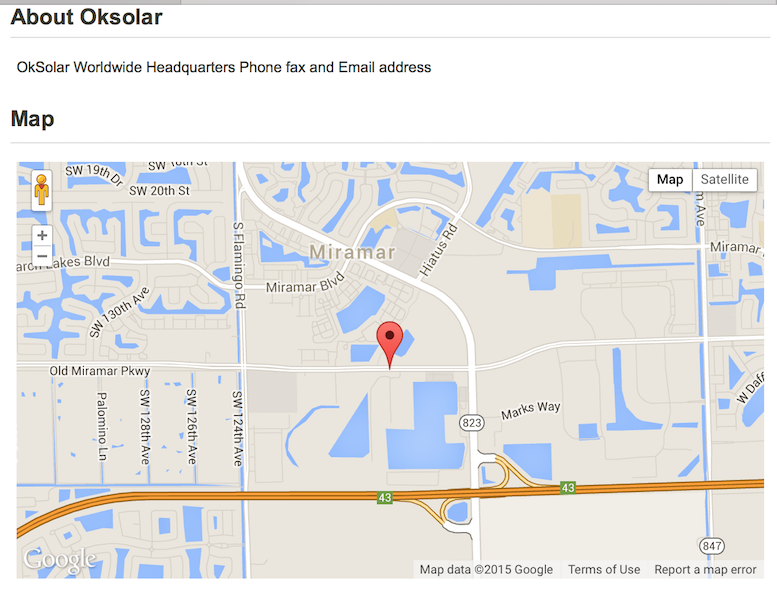

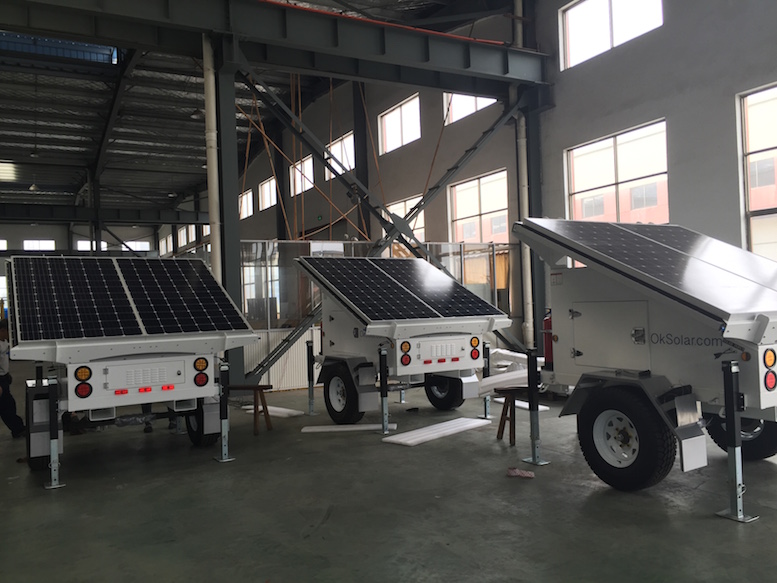
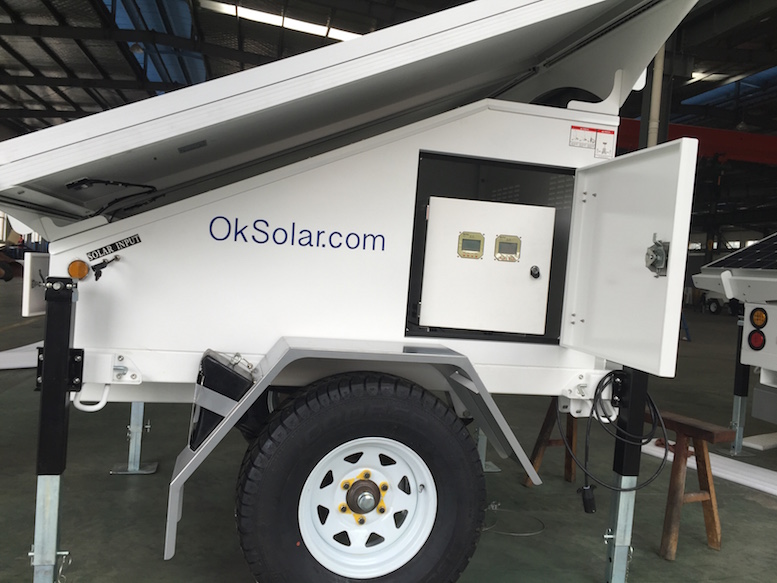
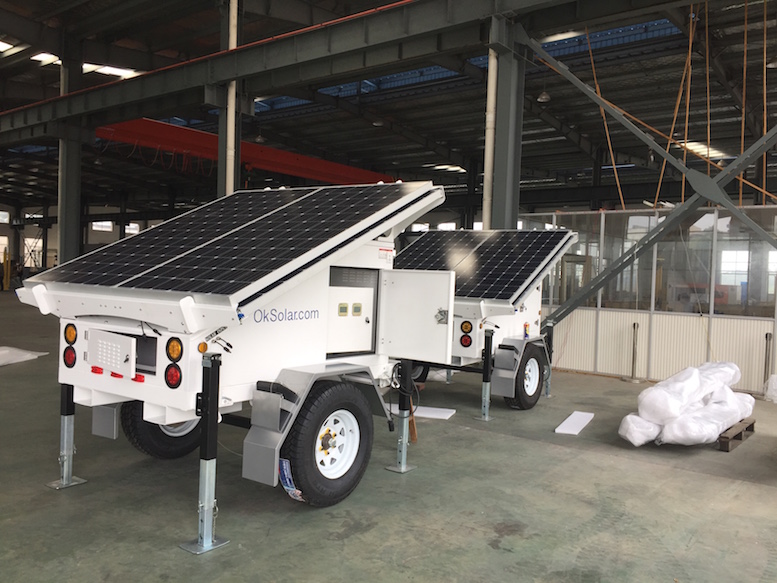
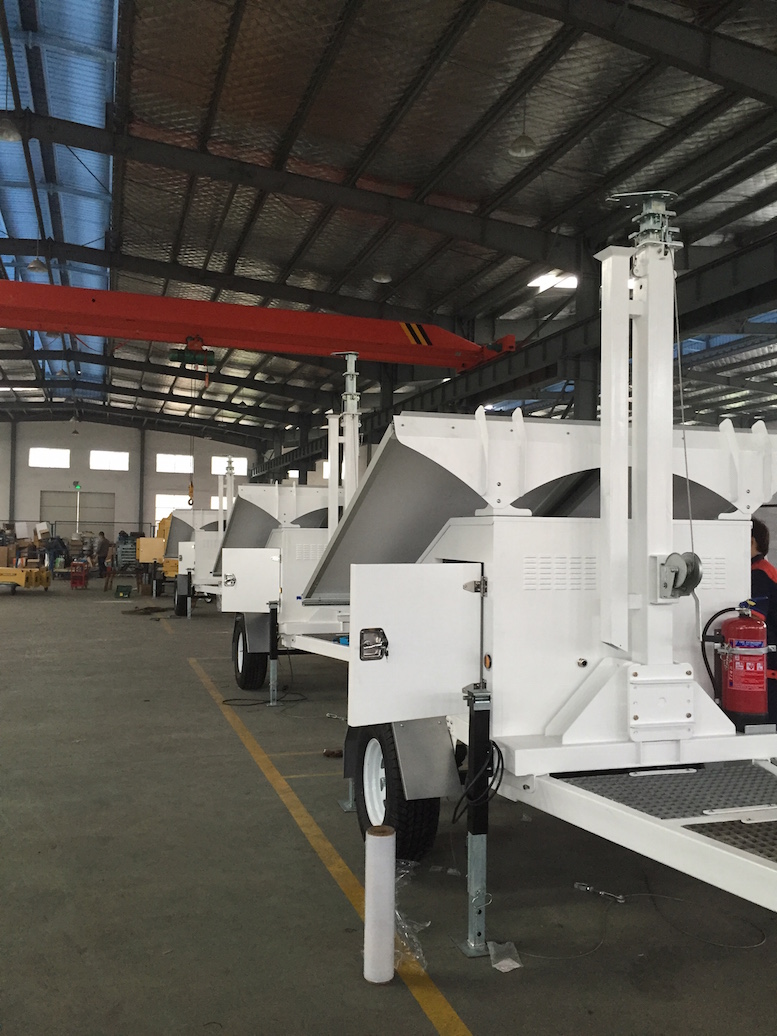
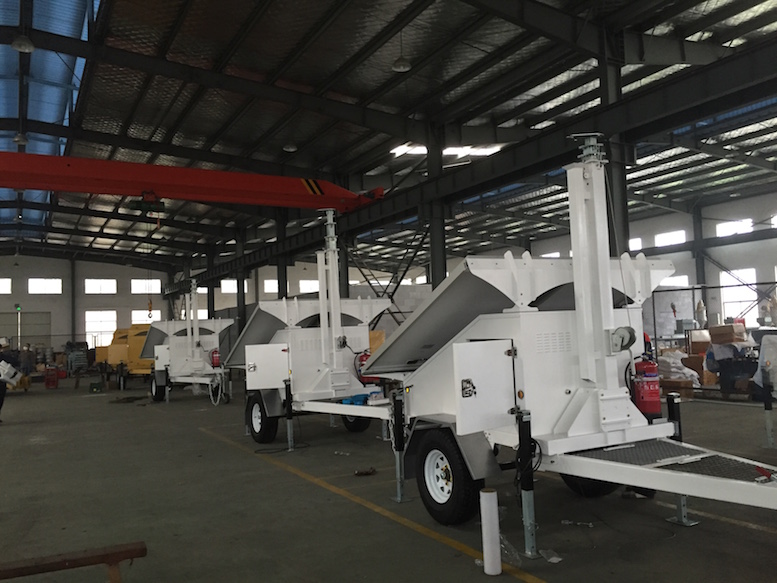
Sample Ready to ship unit
